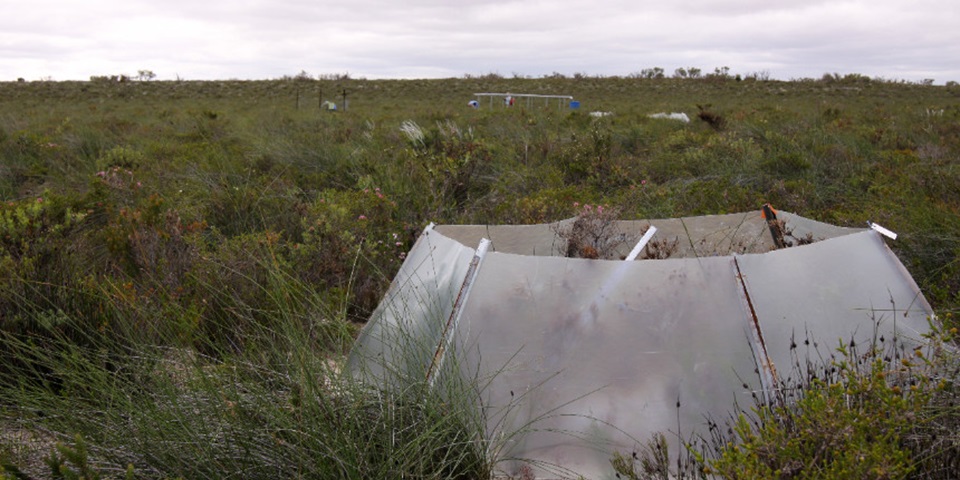Opinion
We built a network of greenhouses and rain shelters to simulate what climate change will do to soils

In a co-authored article for The Conversation, Murdoch University researchers Dr Joe Fontaine and Professor Neal Enright explain how they studied the impact of drought and warmer temperatures on living organisms, known as soil biota, below the ground.
Their experiments were carried out in biodiverse shrublands in Western Australia, near Eneabba, around 280km north of Perth, in areas already suffering climate-related stress above ground as a result of rising temperatures and longer droughts.They documented significant impacts for the soil biota, with implications for the health of ecosystems in regions that are expected to experience increased drought and climate warming into the future.
They saw an increase in the number of fungal species that cause plant disease, whereas many common and beneficial fungi declined in response to warming and drying.
The full article can be read on The Conversation website.
Opinion
We built a network of greenhouses and rain shelters to simulate what climate change will do to soils
Posted on
Topics